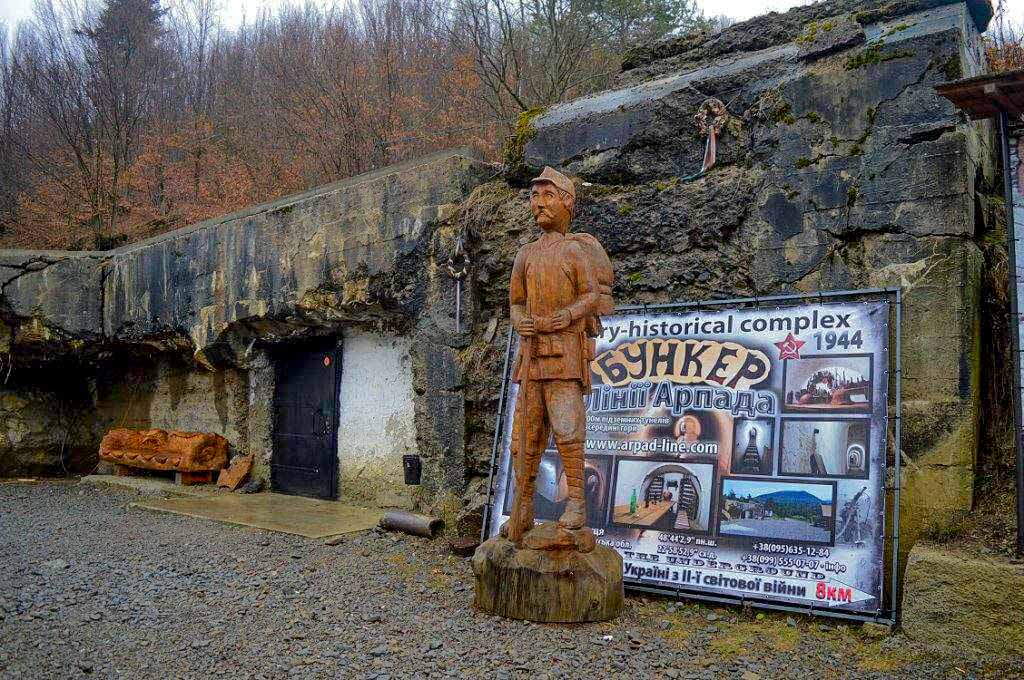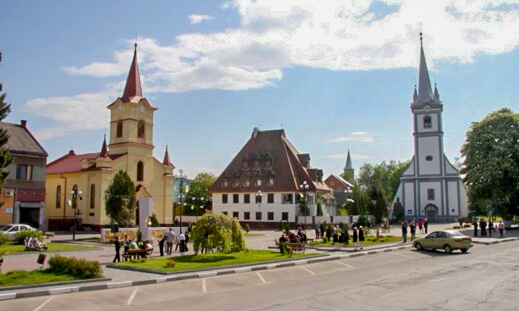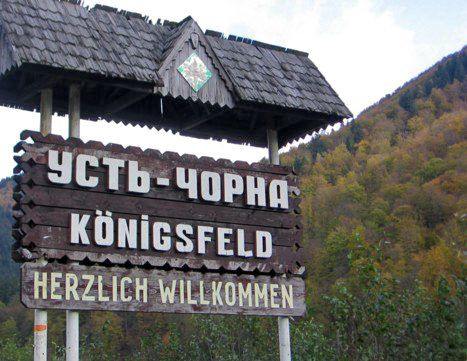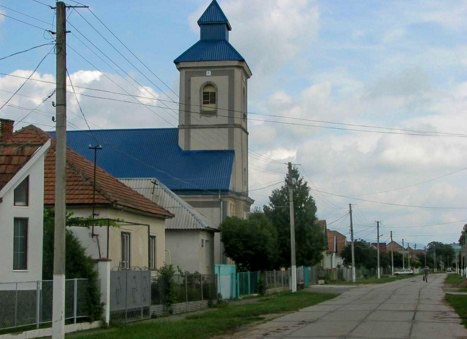German colonists appeared on the territory of modern Transcarpathia after the Tatar-Mongol invasion, in the second half of the XIII century, by invitation Hungarian king. Settlers from Saxony (Hungarian –Sasi) and other German lands settled in the foothills and in the valleyTisi. They restore the destroyed and deserted after the invasion of towns and villages, and also founded new: Lambertis (Beregovo), Of sevliush (Vinogradov), Khust, HSE (Vyshkovo), Deutsch-AU (Tiachiv), Solotvino, Shot (Sighetul-Marmatiei), Long Field (Campulung), where the last two are now on site Romanians.

Free German settlers were given land, they enjoyed a number of benefits, and also had self-government. Soon the Germans were dominating the craft industry, and the German salescopy they brought with them a new method of extracting salt and concentrated in their hands all the salt industry on the Marmarashen.
The next wave of German immigrants comes to Transcarpathia from the first decades of the XVI century in connection with Reformation and the peasants ‘ war in Germany.
A long break in the process of German colonization came in the second half of the XVI – XVII centuries, after the collapse of the Kingdom of Hungary, when the territory of the province became an arena of confrontation between Habsburg, The Ottoman Empire and the Transylvanian princes.
The Austrian monarchs restored the flow of German settlers to the region after the end of these wars, in 1711. The new owners of the strife-ravaged estates, in particular the counts Sanborni, invited peasants from Saxony, Thuringia, Franconia, Swabia and Tyrol. As a result, new German settlements appeared not only in the foothills, but around Mukachevo and Coastal, in the valley of the Tisza, but also high in the mountains, where colonists, mainly from Tyrol, organized logging and forest rafting, livestock grazing and milk processing.
The process of German resettlement continued until the twentieth century. In 1910, in the six North-Eastern comitates of the Kingdom of Hungary, 18,500 Germans lived in cities and 94,000 in villages.
After the collapse of the Austro-Hungarian Empire (1918), a significant number of Germans, especially from cities, left for Austria and Germany.
The cultural life of the Transcarpathian Germans flourished during the time of democratic Czechoslovakia. In 1936, there were 24 German schools in the region with 2,000 students.

During world war II, Transcarpathian Germans mostly supported Hitler’s ideas and called themselves “Carpatho-Germans”. Before the arrival of the red army in the region, some of the Germans left for the West along with the retreating fascists. Those who remained were deprived of their civil rights by the Soviet government. All men of German nationality between the ages of 18 and 55 were subject to mobilization. In accordance with the order of the NKVD, whole families of Germans were deported to Eastern Ukraine and Siberia for reconstruction work. Those of them who survived the horrors of repression were able to return semi-legally to Transcarpathia only after 1955, and received legalization in 1959. At that time, there were 4,230 people in the region. It is not surprising that during the” Khrushchev thaw ” began a systematic departure of Transcarpathian Germans to Germany and Austria. In 1993, only about 3,000 people remained in Transcarpathia.

Today, evidence of the presence of Germans in Transcarpathia is the name of the street Swabian in Uzhgorodі, suburb’s Rakhiv’s – Zipserei (from the name of the city you sleep, in German-Zips) and signs with the German names of villages Kennigsfeld(Ust ‘ -Chorna) and Deutsche Wet (German Wet). In the villages of Schoenborn and Pavshino (Pushing) you will also meet old grandmothers who will sing you songs about the beauty of our land in Swabian dialect.
Ust Black Village Of Schoenborn Pavshino









